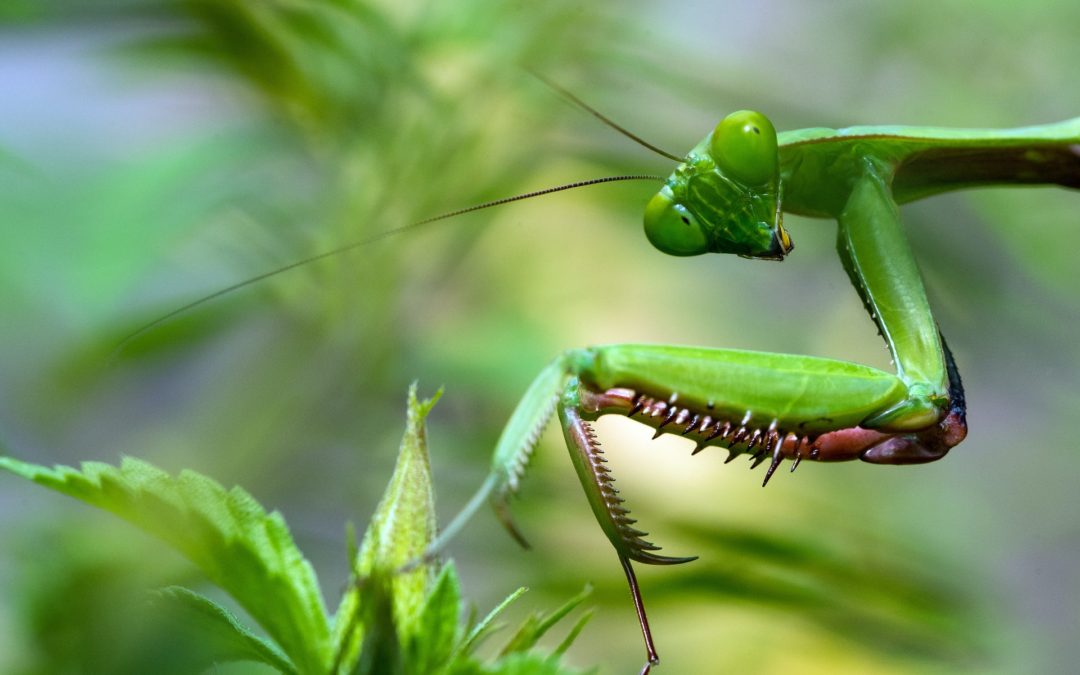Without question, human activities that cause habitat loss and fragmentation have contributed to the crises of biodiversity loss and mass extinction, and this has in turn worsened the climate crisis. With the human population on the rise, bringing with it endless proposals for urban and suburban expansion, scientists have been working to identify ways in which people can coexist with the ecosystems and wildlife that we depend on. When we talk about green spaces in urban areas, we are not just talking about vast plots of land like New York City’s Central Park. The term “green space” encompasses many habitat types, including everything from street trees and vegetated medians to communal gardens or even cemeteries. Even small green spaces can have a measurable positive impact on local ecosystems. For example, establishing a network of green roofs would increase biodiversity of plant, insect, and bird species, help to reduce citywide temperatures, and minimize water waste and pollution that occurs from storm runoff. On the ground level, small verges of grass between the road and the sidewalk may seem artificial and insignificant, but they still contribute to ecosystem services such as carbon storage and pollutant filtration. Nature abundant in biodiversity is not only crucial to our long-term survival, but as many came to realize throughout the course of the pandemic, it is integral to the health, happiness, and overall wellbeing of people.
Urban biodiversity and green spaces simply cannot thrive without insects. In fact, many ecologists believe that insects are the most important animals in terms of ecosystem services provided by biodiversity, both inside and outside of urban areas. This is not only because of their sheer numbers – more than one million insect species account for approximately two-thirds of all known animal species – but also because of the vast array of services they provide in almost every terrestrial and freshwater ecosystem on the planet. The most notable among these services include pollinating flowers, transforming biomass (from plants and fungi to higher levels up the food chain), regulating pest populations, recycling nutrients, dispersing seeds, improving soil fertility, and providing food. That’s why we need diverse and healthy insect populations in our cities if we hope to minimize the negative impact of urban development on local ecosystems.
A recent study out of Australia titled “The Little Things that Run the City: Insect ecology, biodiversity, and conservation in the City of Melbourne” confirms the importance of insect conservation in urban environments. This study was a collaborative science-government partnership with the goal of generating policy recommendations that would be mutually beneficial to lawmakers and conservationists alike. Researchers were focused on the following questions: Which are the key insect groups and species in Melbourne? How is the insect biodiversity of Melbourne distributed amongst its public green spaces and their various habitat types? What are the most frequent ecological interactions between plants and insects in Melbourne? What are the ecological functions and services performed by insects that benefit the people of Melbourne?
Lawmakers intend to utilize the knowledge gained from this study to prioritize conservation projects, guide the design and maintenance of green spaces, and understand the role of insects within the development of a broader biodiversity strategy. Researchers tracked and studied 560 different insect species, including the discovery of four species previously unknown to science (one ant species, one lacebug species, and two species of jumping plant lice). About 97% of all recorded species were native. Notably, the Argentine ant, one of 19 non-native species, was found to be invasive and problematic. By contrast, another non-native species, the European honey bee, was found to be beneficial. Mid-storey vegetation (referring to large shrubs or small trees at medium height above the ground and below the forest canopy) was found to have the highest insect biodiversity, followed by trees and grasslands – lawns, predictably, were determined to be the least conducive green spaces for insect biodiversity. Researchers also identified which plants are most effective at increasing insect biodiversity, including the spotted gum tree, the pepper tree, and tussock-grass, to name a few.
These are just a handful of the many results of the study that will be utilized by Australian lawmakers as they work to develop an urban biodiversity strategy. Similar studies focusing on insect species in cities all over the world would help provide conservationists with the foundation necessary to minimize – or even reverse – biodiversity loss caused by urban development. As cities expand to accommodate over half the global human population, insect conservation will be crucial to protecting urban biodiversity, as well as the health and happiness of city dwellers everywhere.
